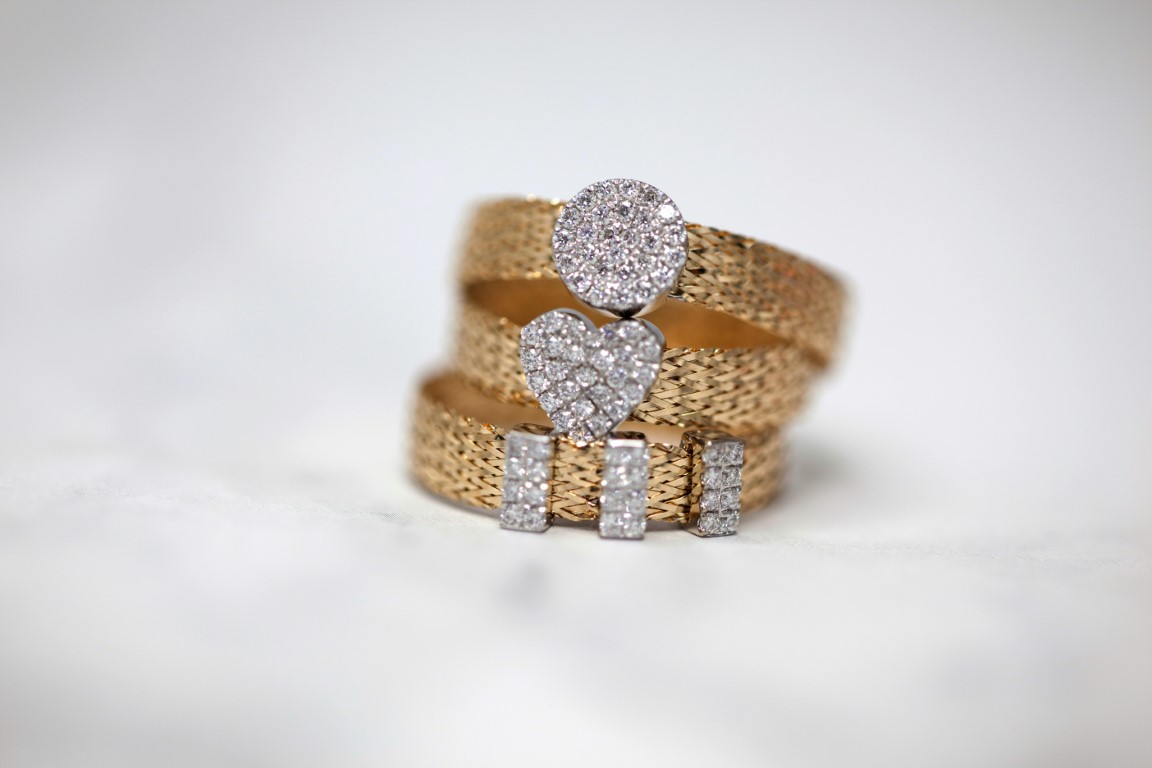In recent years, lab-grown diamonds have gained popularity as a more ethical and sustainable alternative to natural diamonds. However, before making a choice, it's crucial to understand the key differences between these two options.

In recent years, lab-grown diamonds have gained popularity as a more ethical and sustainable alternative to natural diamonds, especially for engagement and wedding rings. However, before making a choice between lab-grown and natural diamonds for your special diamond ring, it's crucial to understand the key differences between these two options.
This article will help you navigate this decision by examining various aspects of lab-grown and natural diamonds.
Understanding the Basics
Composition of Natural Diamonds
Natural diamonds are formed deep within the Earth's mantle over billions of years. They are the result of carbon atoms subjected to immense heat and pressure, which crystallize into the iconic diamond structure.
Composition of Lab-Grown Diamonds
Lab-grown diamonds (governed by , on the other hand, are created in controlled environments, replicating the natural diamond-growing process. Carbon atoms are subjected to high pressure and high temperature (HPHT) or chemical vapor deposition (CVD) methods, resulting in the growth of a diamond crystal.
Physical Characteristics
Natural Diamonds: Natural diamonds vary in color, clarity, and size due to their unique geological formation process. The presence of imperfections or inclusions can affect their appearance.
Lab-Grown Diamonds: Lab-grown diamonds typically have fewer imperfections and come in a more consistent quality, making them a popular choice for those seeking a flawless gemstone.
Environmental and Ethical Considerations
One of the significant factors driving the interest in lab-grown diamonds is their perceived ethical and environmental advantages.
Environmental Impact: Natural diamond mining can have adverse environmental effects, including habitat disruption and carbon emissions. Lab-grown diamonds, in contrast, have a lower environmental footprint.
Ethical Concerns: Some consumers are concerned about the ethical implications of natural diamond mining, which has been associated with conflicts and human rights abuses. Lab-grown diamonds are often seen as a more ethical choice.
Quality and Aesthetics
Color, Clarity, and Cut Color: Natural diamonds exhibit a wide range of colors, from completely colorless to various shades. Lab-grown diamonds tend to have fewer color variations, with many falling into the near-colorless category.
Clarity: Natural diamonds may have inclusions or blemishes, impacting their clarity. Lab-grown diamonds are generally purer and have fewer imperfections.
Cut: Both lab-grown and natural diamonds can be cut to exquisite shapes and proportions. The cut significantly influences a diamond's brilliance and sparkle.
Carat Weight
Both lab-grown and natural diamonds are available in various carat weights, allowing you to choose the size that suits your preferences and budget.
Price Comparison
Lab-grown diamonds are often more affordable than natural diamonds of similar quality. This cost savings can make them an attractive option for budget-conscious buyers.
Durability and Longevity
Both lab-grown and natural diamonds are incredibly durable and can last for generations. Their hardness makes them suitable for daily wear without fear of damage.
Certification and Identification
To ensure transparency and authenticity, it's essential to choose certified diamonds. Leading gemological laboratories issue certificates for both lab-grown and natural diamonds, detailing their characteristics.
Making Your Decision
The choice between lab-grown and natural diamonds ultimately comes down to your priorities. If you value environmental sustainability, ethical sourcing, and a more controlled quality, lab-grown diamonds may be your preference. However, if rarity, tradition, and the unique geological history of natural diamonds hold significance for you, then a natural diamond might be the better choice.
In conclusion, the decision between lab-grown and natural diamonds is a personal one, influenced by various factors such as ethics, budget, and aesthetics. By understanding the differences outlined in this guide, you can confidently choose the diamond that resonates with your values and style.
Remember, both lab-grown and natural diamonds possess their unique charm, and the right choice is the one that aligns with your individual preferences and priorities.
